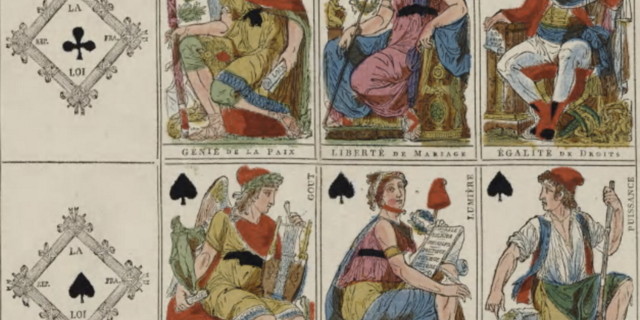LinguisticsPhoto: Ruocaled CC-2
Construction of "Asian" Identity in Restaurant Menus: A Case StudyMika Skibinsky - This paper explores the meaning and implications of “Asian” in the context of American restaurant menus. I determine what kind of language in dish descriptions, specifically ingredients and adjectives, indexes a restaurant or dish as “Asian.&rdquo... Keep Reading »
Preserving Cultural Identity in English Language Use by Korean ImmigrantsHeajune Lee - This paper argues that the Korean cultural values of humility and social deference directly influence the linguistic choices in Korean immigrants’ English emails. This relationship can be seen in consistent qualification of requests, ambiguous use of power verbs... Keep Reading »
Photo: R.A. Olea CC-2
Evidence of Syllables in American Sign LanguageHaley W. Gilreath - This paper will focus on the meaning of signed-language syllables, or the signed-syllable, in American Sign Language (ASL). It is assumed that syllables are applicable to ASL because the phonological representation can be seen in each individual hand movement. It is... Keep Reading »
A Theory of Vernacular Rhetoric: Reading Dante's De Vulgari EloquentiaJoseph P. Zompetti - The relationships between power and rhetoric have been the subject of many recent studies, most notably from the conversation concerning “critical rhetoric” (McKerrow, 1989; Murphy, 1995; Ono & Sloop, 1992; Shugart, 2003; Zompetti, 1997). Recent discussions... Keep Reading »
The Power of Symbols: The Ideological Representations of a French Revolution Playing Card Deck, the RevolutionnairesJoseph P. Zompetti - In 1793-1794, during the height of the French Revolution, a deck of playing cards was introduced that radically changed the future of playing cards as well as symbolically portrayed the transformation occurring in France. To most people, a deck of cards is just 52... Keep Reading »
All Linguistics Articles (by date) |

























